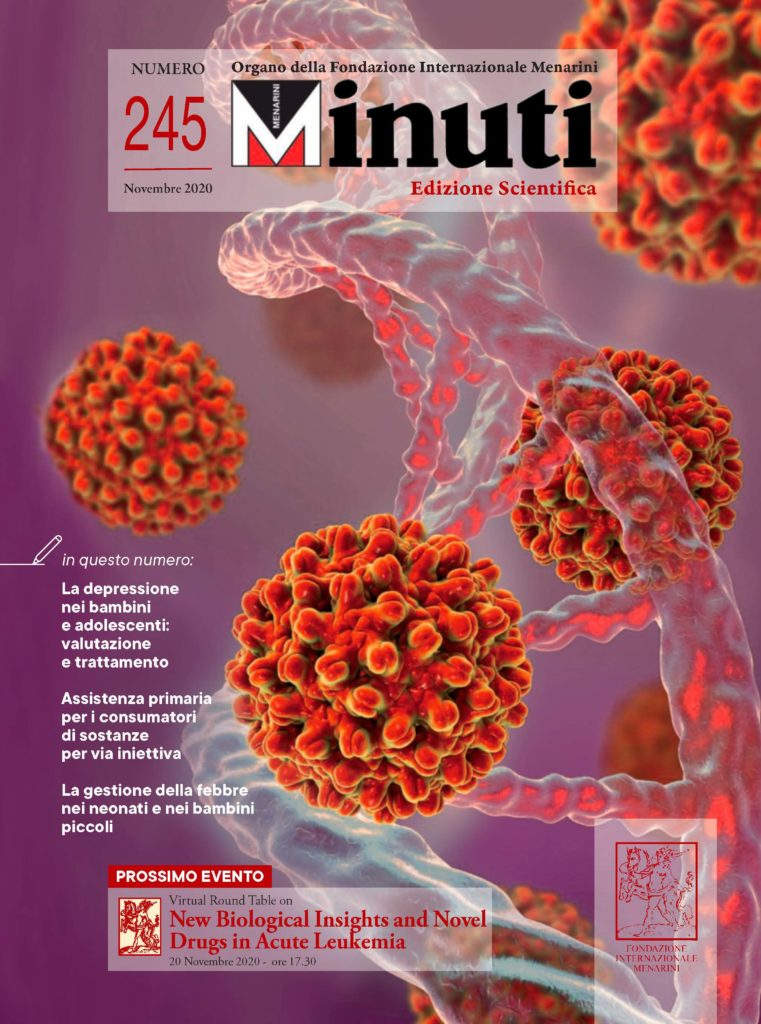
Leukemia: What Primary Care Physicians Need to Know
di Dr.ssa Joanne T. C. Gbenjo, Dr.ssa Georgia L. M. McCrary, Dr.ssa Sarah E. Wilson, • September 2023
Leukemia is caused by an abnormal proliferation of hematopoietic stem cells in the bone marrow. The four general subtypes are acute lymphoblastic, acute myelogenous, chronic lymphocytic, and chronic myelogenous. Acute lymphoblastic leukemia primarily occurs in children, whereas the other subtypes are more common in adults. Risk factors include certain chemical and ionizing radiation exposures and genetic disorders. Common symptoms include fever, fatigue, weight loss, joint pain, and easy bruising or bleeding. Diagnosis is confirmed with bone marrow biopsy or peripheral blood smear. Hematology-oncology referral is recommended in patients with suspected leukemia. Chemotherapy, radiation, targeted molecular therapy, monoclonal antibodies, or hematopoietic stem cell transplantation are common treatments. Complications from treatment include serious infections from immunosuppression, tumor lysis syndrome, cardiovascular events, and hepatotoxicity. Long-term sequelae in leukemia survivors include secondary malignancies, cardiovascular disease, and musculoskeletal and endocrine disorders. Five-year survival rates are highest in younger patients and those diagnosed with chronic myelogenous or chronic lymphocytic leukemia.
(Am Fam Physician. 2023; 107(4): 397-405. Copyright © 2023 American Academy of Family Physicians.)
(Am Fam Physician. 2023; 107(4): 397-405. Copyright © 2023 American Academy of Family Physicians.)
Related Articles
Management of Late-Term and Postterm Pregnancy
di
Dr.ssa Breanna Gawrys, Dr.ssa Diana Trang, Dr.ssa Whay Cheng
September 2025
Highlights
di
Aaron Saguil, Matthew V. Fargo
∙
February 2021







